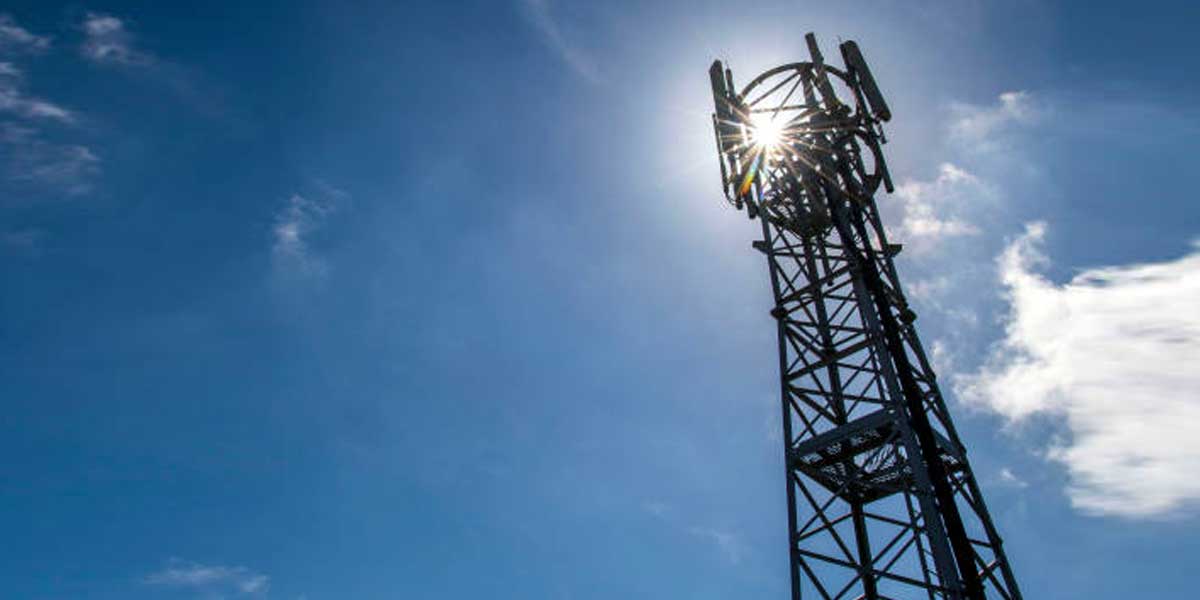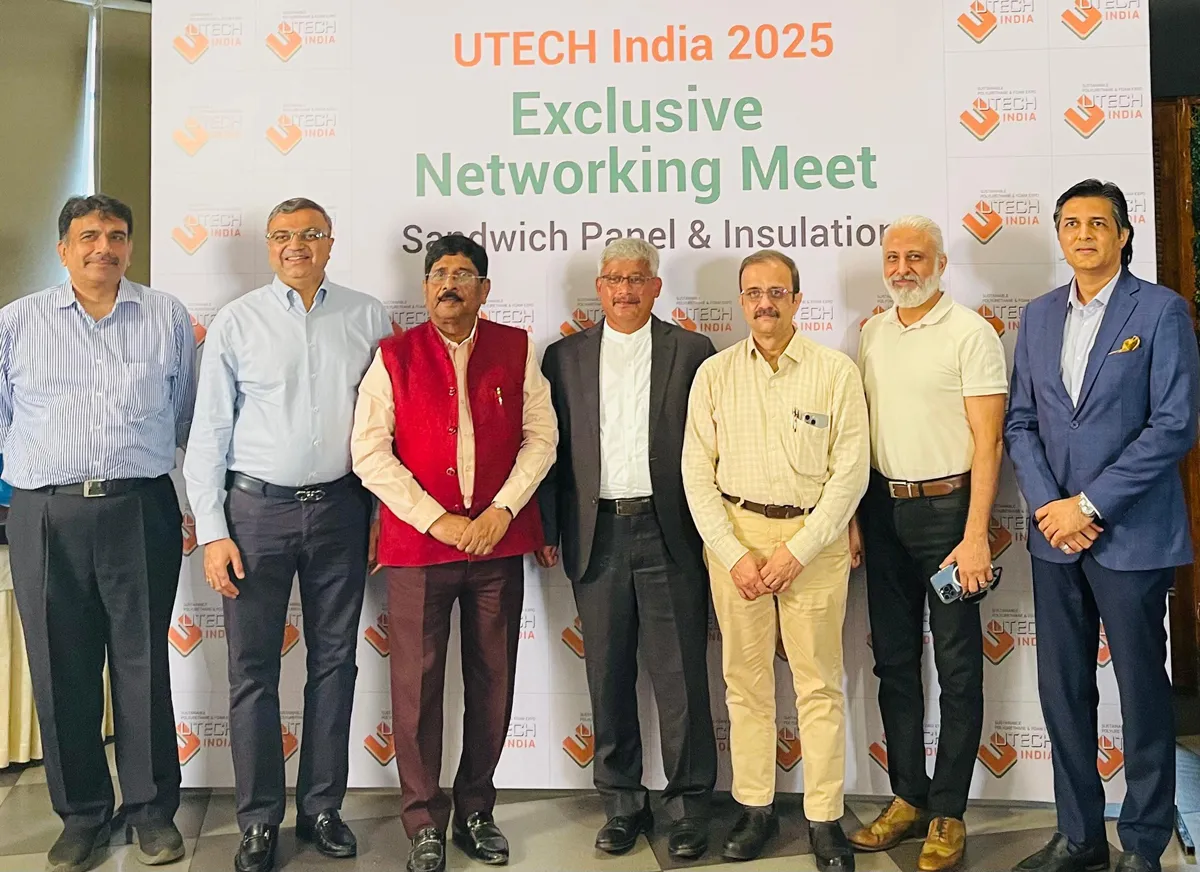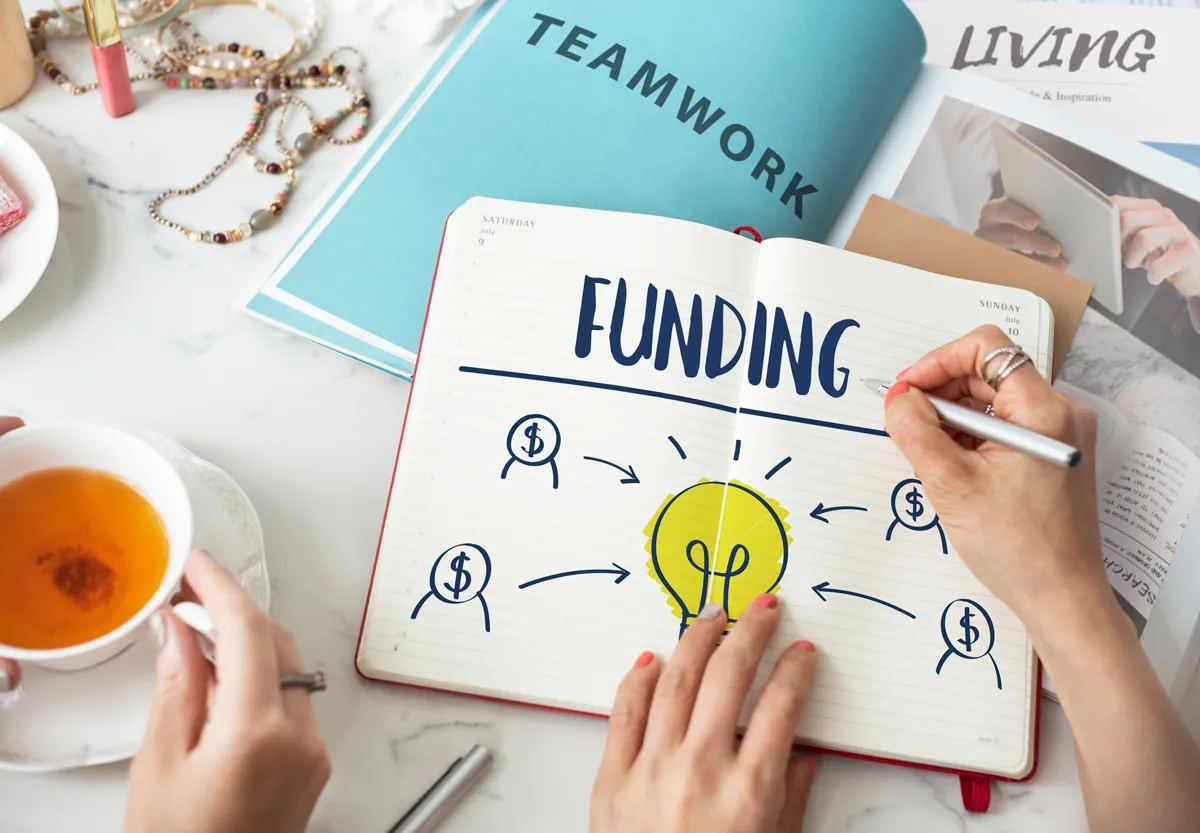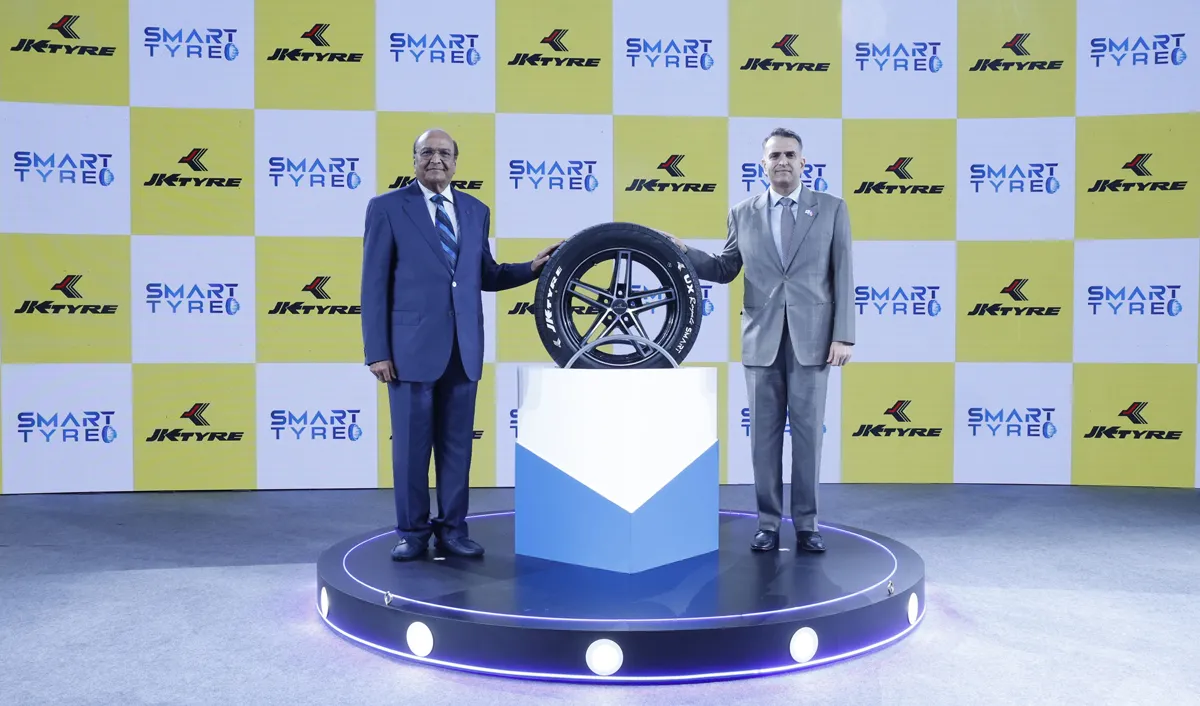What is asset monetisation?
It involves the creation of new sources of revenue by unlocking of value of hitherto unutilised or underutilised public assets, as per the Department of Investment and Public Asset Management.
Internationally, it is recognised that public assets are a significant resource for all economies. Monetising these assets that government's control, including in public corporations, is widely held to be an important public finance option for managing public resources. Asset monetisation allows reduction of owners’ debt and also creates a suitable environment for domestic as well as foreign investors – such as sovereign wealth funds, retail investors and institutional investors – to participate for the long term, besides bringing private sector efficiencies in the management of infrastructure assets.
In India, not only is monetisation of public assets a new concept, it is also a process that involves due diligence of several aspects of the assets with proper stakeholder management and efficient coordination. That said, in India, the scope of monetisation has expanded in the past few years from Initial Public Offerings (IPOs) and Central Public Sector Enterprises (CPSEs) to a more holistic approach involving physical assets.
NIP and monetising assets
In the National Infrastructure Pipeline (NIP), India is looking at an investment of Rs 111 trillion over a five-to-six-years period, which may get stretched with the pandemic coming in.
Source: CRISIL Infrastructure Advisory
The sectoral outlay in the NIP – roads, urban housing, power (including the RE space) and railways – all these contribute about ~70 per cent of the infrastructure pipeline. “Of this Rs 111 trillion, investments will be coming in from the private sector, the state government, and the Central Government. Yet, there is a shortfall or financing gap of about 15-17 per cent of the Capex requirement,” highlights Jagannarayan Padmanabhan, Director and Practice Leader-Transport & Logistics, CRISIL Infrastructure Advisory. “And that’s where the scope for asset monetisation will be coming in. Hence, it is an important tool to bridge this whole infrastructure pipeline funding gap,” he exclaims. Padmanabhan was speaking at the recently concluded Construction World Maharashtra virtual conference concluded on April 28. (see Event Report here)
In Union Budget 2021-22, finance minister Nirmala Sitharaman announced a National Asset Monetisation Pipeline to fund projects. The Budget envisages this as an essential way of financing infrastructure projects as well as increasing funding. As outlined in the Budget, the government is looking at monetising assets such as roads, railway stations, land, buildings, etc, at a much larger scale. Approvals are already in place for monetising assets across key sectors such as railways, aviation, highways, shipping and power to raise approximately Rs 900 billion in the current fiscal. The railway station redevelopment was among the first projects involving monetisation of physical assets. Further, the government plans to transfer five operational roads worth Rs 50 billion to the Infrastructure Investment Trust (InvIT) of the NHAI. It also plans to transfer transmission assets of Rs 70 billion to PowerGrid’s Investment Trust.
Choice of instrument
Source: CRISIL Infrastructure Advisory
Speaking about the choice of instrument, the important factor is that the transfer of operational control through PPP concession contracts or sale of portfolio of assets happens and then the private sector brings in clear improvement in the service standards, explains Padmanabhan. A couple of other aspects is also in the nature of the asset itself. He goes on to add, “The ability for the private sector to take the risk is far better off than it is on the operational assets. So, the dollar value of these assets significantly increases once it becomes operational. And hence, it becomes more important that assets get created by the government.” Operational control can be retained in other sector or assets through InvITs or REITs.
A typical structure involves proceeds of monetisation to be reinvested in new infrastructure projects. Brownfield PPP concession models are also categorisd under asset monetisation.
National monetisation pipeline
There is a huge pipeline and inventory of assets under the central sector. (See box on ‘Sector-wise Quantum of Assets that can be Monetised’). This itself is a significant path there.
Sector-wise Quantum of Assets that can be Monetised
NH roads – 1,30,000 kms
Power gen – 821 GW
Transmission – 1.7 lakh ckt km
Major ports – 1,494 mmtpa
AAI airports – 91
Warehouses – 228 LMT
Railway stations – 7,325
Trains – 13,523
Good sheds – 1,246
15.3 lac route-kms
Towers – 70,000 nos
NG – 32,559 kms
PP – 14,063 kms
“The total monetisation potential in the near term (about five years) is about Rs 5-6 trillion at the central level,” observes Padmanabhan. About ~20-25 of assets in key sectors have the potential to be monetised over the medium term. Railway station redevelopment, toll road monetisation and power transmission assets to remain at high value.
Maharashtra: Potential sectors
At the state level, wrt to Maharashtra, the potential sectors that can come through or the core assets would be state or urban roads, power distribution, power transmission, minor ports, warehouse assets and urban infrastructure assets. “The overall potential that we are pegging for Maharashtra in the next five years is to raise Rs 75,000-1 lakh crore through asset monetisation. Roads and power distribution assets are expected to garner maximum share,” observes Padmanabhan.
For these to come through, Padmanabhan outlines some typical preparatory steps required:
1. Sectoral investment plan and financing gap
2. Establishing the scale of monetisation envisaged
3. Asset register/inventory
4. Project screening and shortlisting
5. Transaction process
6. Project approval/sanction
7. Project studies and structuring
“Maharashtra should look at nos. 3 to 7 very closely and take it upon on an urgent basis,” he urges.
Areas of focus for public sector
Firstly, a state monetisation plan is required and should be prepared. “This needs to bring out the financing, the potential that is there,” highlights Padmanabhan. “The other important thing is to have a continuous flow of assets.”
Essential elements of the monetisation plan, as Padmanabhan highlights, should be:
Bringing out clearly the scale of financing through asset monetisation
Phasing of the proposed monetisation and the capital generated over the medium-term
Guidance on asset/project profile and method of monetisation
Brief operational contours of the project/asset (lane-kms of road, circuit km, etc)
Status (expected monetisation value, ongoing challenges, etc).
Secondly, another area of focus should be that of strengthening capacities to aid monetisation:
Estimating the scale of monetisation based on financing gap
Preparation of asset register
Robust mechanisms in selecting the assets and the method of monetisation – Identification of monetisation-ready assetsSupport in structuring transactions
Help create a virtuous cycle of ‘develop, commission, monetise and invest’.
And third, reforms to drive monetisation:
Identify reform actions across key sectors to scale up monetization – Legal/regulatory/ institutional actionsEngaging with potential investors to identify the risks and the mitigation measures.
Evidently, there is huge potential in asset monetization; this seems like the way forward.
- SERAPHINA D’SOUZA




















